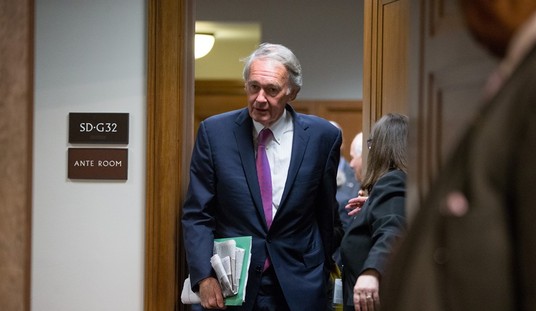Gold fell after the Fed raised rates last Wednesday, even though gold had risen strongly after each of the previous three interest rate increases by the Fed during this current rate-raising cycle. Gold has also moved higher in six of the last seven rate-hike cycles since the 1970s. In the last full rate-raising cycle, the Fed raised rates at 17 consecutive meetings by 0.25% each time, pushing rates from 1.0% to 5.25% from mid-2004 to mid-2006. At the same time gold rose from under $400 to over $600. And finally, gold was at its highest-ever inflation-adjusted price in January of 1980, when interest rates were close to 20%.
Gold Futures Traders Reverse Their Position on Gold
The weekly report of the Commodity Futures Trading Commission (CFTC) “Commitment of Traders” report is released every Friday, reflecting trading through the previous Tuesday. Last week’s report, released June 16, covered trading in the week ending June 13 – the day before the Federal Reserve’s interest rate announcement. It turns out that traders anticipated that a rate increase might cause a decline in gold’s prices. That turned out to be true. Other traders followed by selling gold after the Fed’s actions.
According to the CFTC report, long positions for both gold and silver decreased for the first time in four weeks. Traders’ net long gold position fell 7% for the week and net long silver contracts fell by 8%. Gold selling pushed gold under $1,250, but that only takes gold back to where it was four weeks ago, May 23.
Recommended
President Johnson “Flip Flops” on Gold, 1965-1969
In 1965, President Johnson took most of the silver out of U.S. coins. The Coinage Act of 1965 eliminated silver from circulating dimes and quarters while reducing the silver content of the half dollar from 90% to 40%. Gold had already been “retired” from U.S. coinage in 1933, but in the 1960s gold was still used in global markets to stabilize the value of the dollar, which was pegged at $35 per ounce of gold from 1934 to 1971. America’s commitment to a stable gold/dollar exchange rate was reflected in the 1965 edition of “The Economic Report of the President,” which is delivered to Congress and the country each January:
“The stability of the American dollar is central not only to progress at home but to all our objectives abroad. There can be no question of our capacity and determination to maintain the gold value of the dollar at $35.00 per ounce. The full resources of the Nation are pledged to that end.”
--President Lyndon B. Johnson’s “Economic Report of the President,” January 28, 1965
But four years later, in his last week in office, the President completely reversed his position on gold:
“Myths about gold die slowly. But progress can be made – as we have demonstrated. In 1968, the Congress ended the obsolete gold-backing requirement for our currency.”
--President Lyndon B. Johnson’s “Economic Report of the President,” January 16, 1969
Removing silver from our coins and gold as an international discipline for the defense of the dollar have resulted in inflation and a devaluation of the dollar. In the last 50 years, the dollar has declined 97.2%, from 1/35th of an ounce of gold to 1/1250th ounce. The dollar has also declined 92.2% in terms of silver.
Scarce Gold Coin Market Warming Up
Many devoted gold coin collectors and investors are continually trying to complete high-grade sets, creating extra demand for the attractive and scarcer pieces we sometimes refer to as key coins or “hole fillers.” Due to the competitive bids on scarce-to-rare gold coins, market prices are warming up. While common-date $20 St. Gaudens gold coins are plentiful in many grades, the tougher-to-find gold coins like the 1908-S, 1909-S and 1912-S $5 Indians, 1908 No Motto, 1911-S and 1915-S $10 Indians, 1877-S to 1882-S $20 Liberties and scarcer Carson City Mint gold coins are on many customers’ want lists. Attractive popular coins like the Gem Cameo Proof Morgan dollars are also being competitively sought. When I am on buying trips, even offering 10% above the market often doesn’t shake as many scarce gold coins loose, as it did last year when I was on buying trips.
A word of warning: I only approve and buy the best coins for our customers. The coins I reject, and the rejects of many other recognized coin experts, often linger on the market at discounted prices. Before you buy, make sure your coins are selected by a peer-recognized expert.

























Join the conversation as a VIP Member